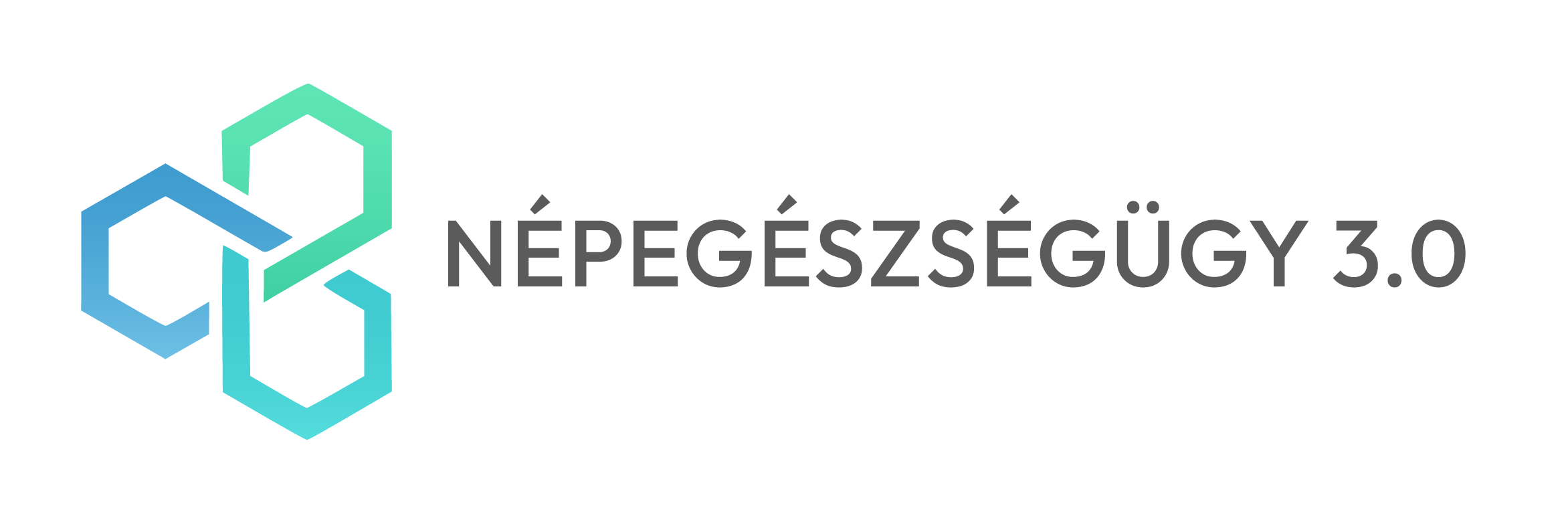Kiégést befolyásoló tényezők magyarországi információtechnológiai dolgozók körében – pilot vizsgálat
Abstract
INTRODUCTION: Studies on mental health and work performance are becoming increasingly important in international literature. However, more information is needed on the extent of burnout in the information technology (IT) sector. Therefore, our pilot research aimed to investigate the area of burnout in the IT sector and identify factors associated with burnout and factors that play a role in predicting burnout.
METHODOLOGY: The research involved an online cross-sectional survey pilot study with 42 IT company employees in Hungary. In addition to demographic and general data, the participants completed questionnaires on burnout, workload, sleep disturbance and negative affectivity.
RESULTS: The results showed that 66.6% (28 persons) of the participants showed symptoms of burnout. The burnout group had significantly higher scores for depression, anxiety, stress, effort, over-commitment and sleeping disorder. In addition, the dimension of burnout was found to be a significant predictor of the dimension of exhaustion, as were the type of residence, number of hours per week and diabetes. Gender, age, marital status, number of children, years of education, years of work, and other health problems did not show significant associations with burnout.
CONCLUSIONS: The results of the pilot study suggest that early detection and prevention of burnout are crucial. The research could significantly contribute to the theoretical knowledge of burnout and hold practical implications for enhancing the mental health of workers in the IT sector, provided that the results can be replicated on a larger sample.
References
Ádám, S., Dombrádi, V., Mészáros, V., Bányai, G., Nistor, A., & Bíró, K. (2020). Az Oldenburg Kiégés Kérdőív és rövidített változatának összehasonlító elemzése. Clinical Neuroscience/Ideggyógyászati Szemle, 73.
Atouba, Y. (2021). How does participation impact IT workers' organisational commitment? Examining the mediating roles of internal communication adequacy, burnout and job satisfaction Leadership & Organization Development Journal, 42(4), 580–592.
Demerouti, E., & Bakker, A. B. (2011) The job demands-resources model: challenges for future research, SA Journal of Industrial Psychology, 37(2), 01–09.
Diekmann, K., Böckelmann, I., Karlsen, H. R., Lux, A., & Thielmann, B. (2020). Effort-reward imbalance, mental health and burnout in occupational groups that face mental stress. Journal of Occupational and Environmental Medicine, 62(10), 847–852.
Erős M, A., & Szabó, É. (2020). A kiégés és a munkahelyi értékeltérés összefüggései a versenyszférában. Alkalmazott Pszichológia, 20(3), 7–26.
Freudenberger, H. J. (1975) The staff burn-out syndrome in alternative institutions. Psychotherapy: Theory, Research & Practice, 12.1:73.
Kim, S. (2012). The impact of human resource management on state government IT employee turnover intentions. public Personnel Management, 41(2), 257–279.
Koutsimani, P., Montgomery, A., & Georganta, K. (2019). The relationship between burnout, depression, and anxiety: A systematic review and meta-analysis. Frontiers in Psychology, 10, 284.
Leiter, M. P. (1991). Coping patterns as predictors of burnout: The function of control and escapist coping patterns, Journal of Organizational behavior, 12(2), 123–144.
Lovibond, P. F., & Lovibond, S. H. (1995) The structure of negative emotional states: Comparison of the Depression Anxiety Stress Scales (DASS) with the Beck Depression and Anxiety Inventories, Behaviour research and therapy, 33(3), 335–343.
Maslach, C., Schaufeli, W. B., & Leiter, M. P. (2011) Job burnout. Annual review of psychology, 52(1), 397–422.
Novak, M., Mucsi, I., Shapiro, C. M., Rethelyi, J., & Kopp, M. S. (2004). Increased utilization of health services by insomniacs—an epidemiological perspective. Journal of psychosomatic research, 56(5), 527–536.
Peterson, U., Demerouti, E., Bergström, G., Åsberg, M., & Nygren, Å. (2008). Work characteristics and sickness absence in burnout and nonburnout groups: a study of Swedish health care workers. International Journal of stress management, 15(2), 153.
Porter, G. (1996) Organizational impact of workaholism: suggestions for researching the negative outcomes of excessive work. Journal of occupational health psychology, 1.1:70.
Poulose, B. (2023) Study of burnout and Turnover Intention Among IT Sector Employees with Reference to work from Home during Pandemic Available at SSRN 4430176.
Salavecz, G., Neculai, K., Rózsa, S., & Kopp, M. (2006). Az Erőfeszítés-Jutalom Egyensúlytalanság Kérdőív magyar változatának megbízhatósága és érvényessége. Mentálhigiéné és Pszichoszomatika, 7(3), 231–246.
Schaufeli, W. B., Salanova, M., González-Romá, V., & Bakker, A. B. (2002). The measurement of engagement and burnout: A two sample confirmatory factor analytic approach. Journal of Happiness Studies, 3, 71–92.
Siegrist, J., Starke, D., Chandola, T., Godin, I., Marmot, M., Niedhammer, I., & Peter, R. (2004). The measurement of effort-reward imbalance at work: European comparisons. Social science & medicine, 58(8), 1483–1499.
Soldatos, C. R., Dikeos, D. G., & Paparrigopoulos, T. J. (2003). The diagnostic validity of the Athens Insomnia Scale, Journal of psychosomatic research, 55(3), 263–267.
Szabó, M. (2010) The short version of the Depression Anxiety Stress Scales (DASS-21): Factor structure in a young adolescent sample. Journal of Adolescence, 33(1), 1–8.












